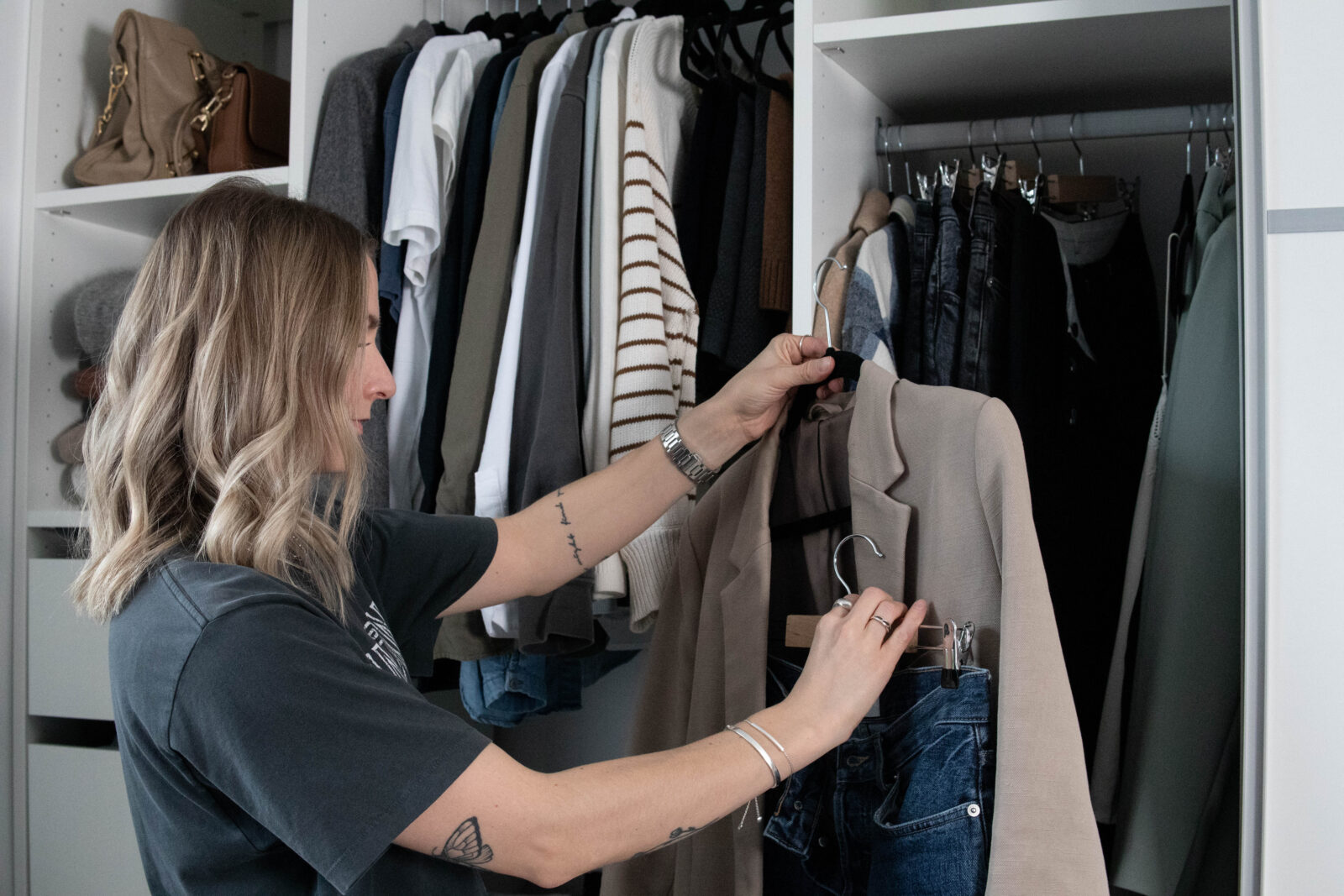
One thing we often overlook when we’re talking wardrobe editing and decluttering, getting rid of stuff in general, is that the act of decluttering should not just happen to make room for more stuff, but to learn, become more true to your style and achieve a higher sense of calm and confidence. And learning is not just the act of letting go, it’s paying attention to what works versus what isn’t working too.
We only have so much time in our lives and if we bring in new pieces constantly, we won’t have time to wear everything we bought before that. So yes, seasonal declutters might be great, I do that too to switch up things between seasons and bring out pieces from storage that are more weather appropriate rather than having everything out all the time, but it’s vital to really consider why you’re doing a declutter in the first place.
I recently read that editing your wardrobe and developing a sense of personal style takes between 5-7 years, and I truly believe in this. I can see from my own style journey since starting YouTube back in 2016 that it’s only up until recent years that I feel really confident and satisfied with my style choices overall. Yes, things might still change here and there, both intentional style choices and things I don’t have control over (like body changes thanks to pregnancy), but I have a way better idea of what will *actually* make my wardrobe work harder for ME – and not the other way around.
With that here’s a step-by-step guide on how to declutter and edit your wardrobe like a pro – find a free declutter tracking sheet in the bottom of the post to help you go through each step with more ease!
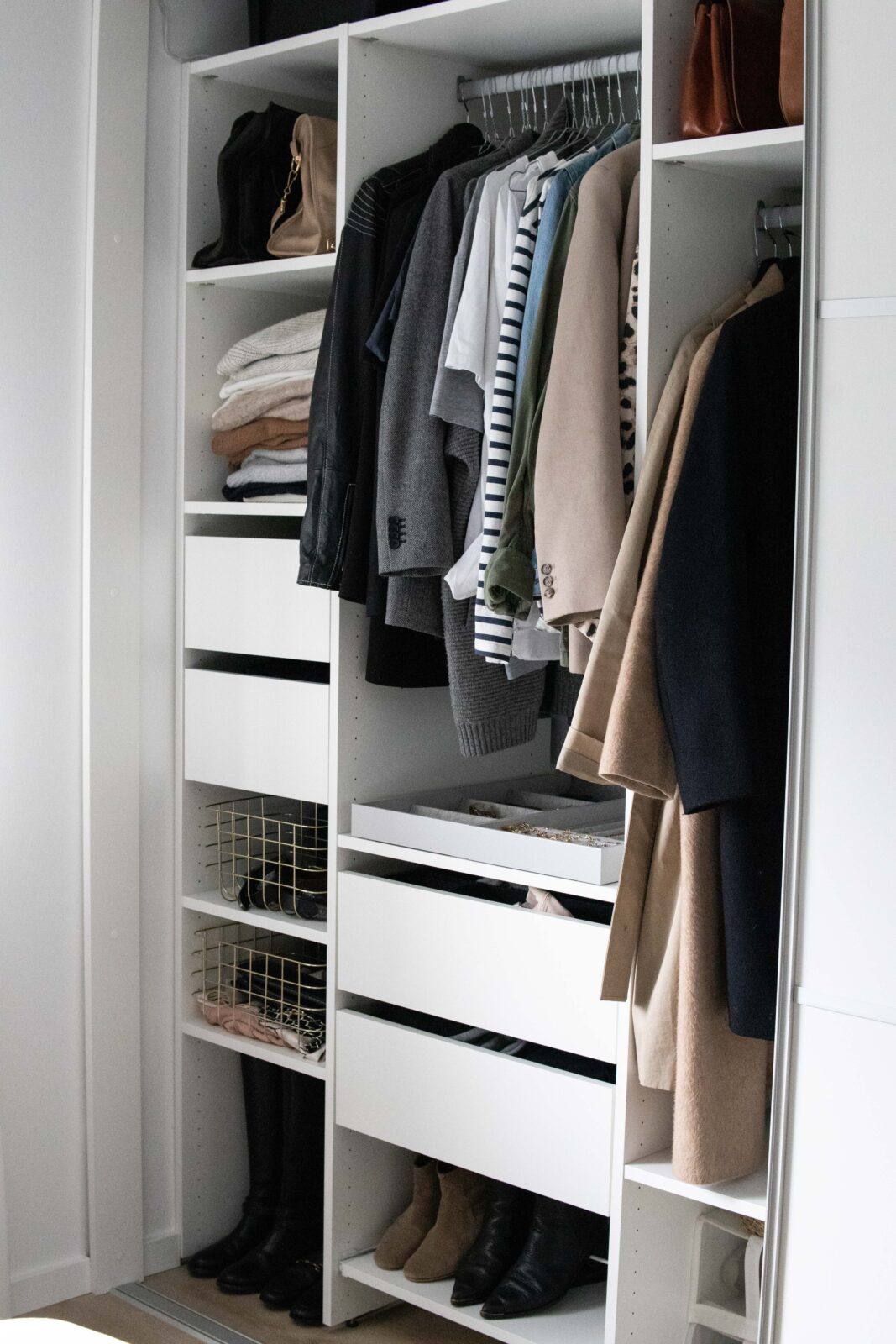
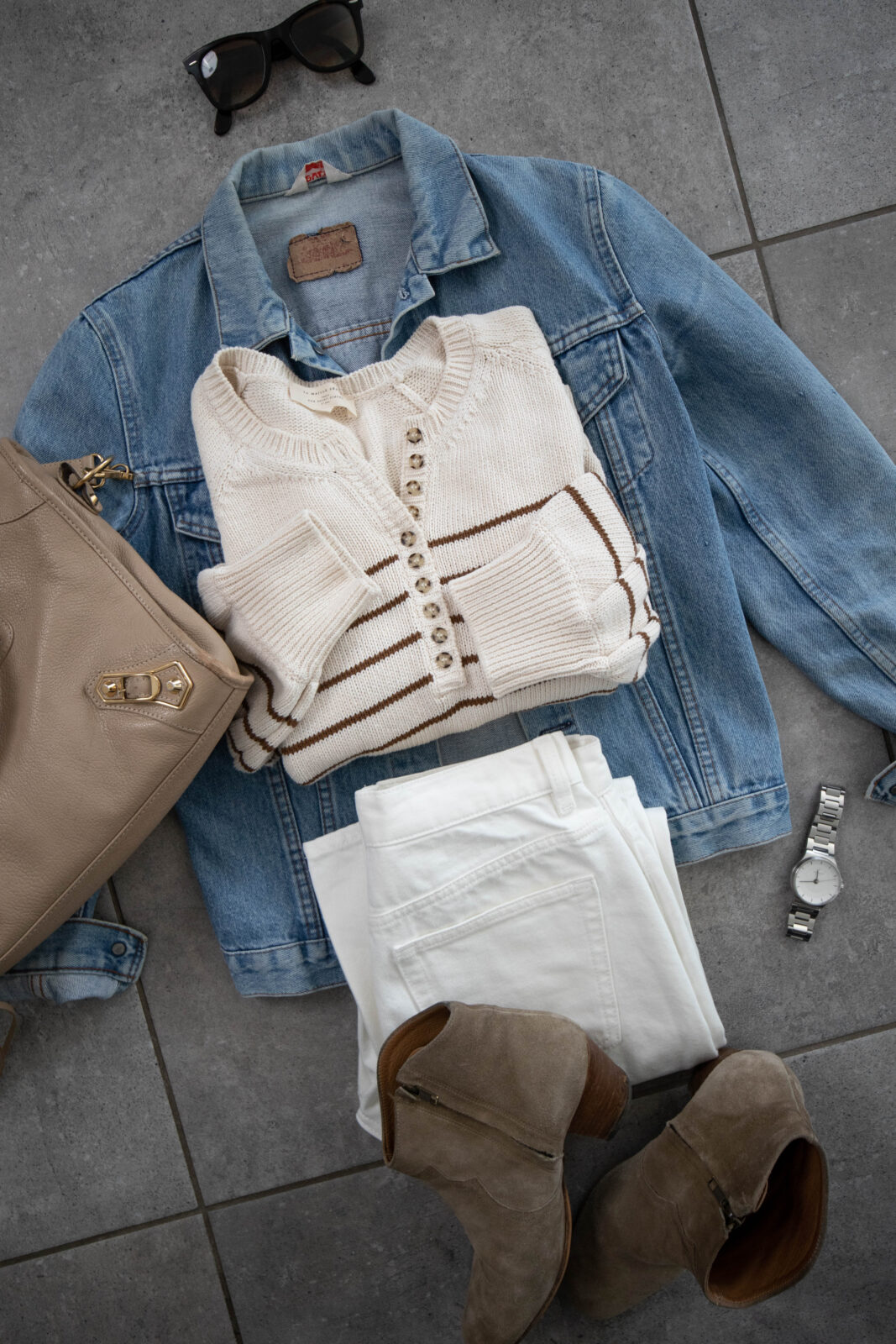
Step 1) Don’t empty your entire wardrobe!
Emptying the entire wardrobe is often what we’re recommended doing in a decluttering situation, but it can leave you with a huge, overwhelming pile of clothes rather than giving you a full overview. I learned about this method from stylist Allison Bornstein a while back and it’s simply genius. What you want to do first instead is to pull out all the pieces you wear the MOST, your wardrobe “heroes” if you will, no matter what these look like. Everything from outerwear to regular clothes, shoes, bags and accessories. This will allow you to build a wardrobe that is functional and comfortable for you no matter where you are in life: if you’re working full time, part time or if you’re at home for example on maternity leave – it doesn’t matter.
You’ll quickly begin to notice a pattern in what you like wearing this way, and it will be way easier for us to build on top of that, even if you’re not satisfied with it right now. And as much as I appreciate looking to platforms like Pinterest to curate a sense of style aesthetic and what you like wearing, I’ve said this many times before: personal style is identity work, it’s just as much about aura as it is about aesthetics, and so I think the process should always start from within YOU and your wardrobe rather than the other way around. With this simple step you now have a foundation for your current style needs: you can clearly see what kinds of details, fits, materials, colours and maybe even what brands you tend to like the most and it’s important to take note of this before you move on.
Step 2) Decluttering piles
Once you’re done with your wardrobe favorites, you’ve put them on a rail or on your bed, we can then move onto the rest of your wardrobe which we divide into the following piles:
- No (anythings that’s a hard no!)
- To be altered/repaired
- Storage/save for later
- Special occasion
- Downgrade (e.g. for nightwear or house work)
- Love but HOW? (items you love but never wear)
Step 3) Style analysis & lifestyle wheel
If what you have among your favorites and most worn pieces are comfy sweaters, jeans and flat shoes then it’s likely that one of your most important style words could be “casual”. Then you might have some classic pieces there too like a blazer or a button-down shirt. So maybe “classic” is another important word for you. By going through your items and categorising them into different styles and aesthetics and also classifying which the most important ones are, it’s going to be easier for you to curate a balanced and intentional wardrobe – balanced in terms of which style persona you are and which keywords are most important to you – but it’s also going to make the process of making balanced outfits so much easier. If you want to learn more about style words and how to use them to build your personal style you can watch this video.
It’s of course also important to be honest about your lifestyle rather than curating a wardrobe based aorund some fantasy version of yourself. Sure, we can “dress for the life we want” but as with everything, it’s all about balance. What’s the point of having a wardrobe full of amazing clothes you can or will never wear because they don’t merge with your life? That’s why I recommend making a lifestyle wheel (which you’ll find in decluttering tracking sheet here) to help give you some direction and really maximize your wardrobe.
Step 4) Styling + documenting
Now let’s go back and tackle that “love but HOW?” pile of yours. It’s likely that these pieces are pushing you out of your comfort zone a little bit, so a way to ground yourself into wearing such pieces would be to style them with something you feel safe wearing: your favorites and hero pieces.
For example, I have a pair of amazing leather pants that I love but I to be honest rarely wear them – despite “edgy” being a word I feel quite drawn to and familiar with in my wardrobe. I think it comes down to the material being a little more “loud” and statement in a way than my typical denim which is my safe place. So to ground myself into my dominantly casual style persona, I’d style them with a casual sweatshirt and sneakers for everyday. Or maybe a t-shirt, oversized blazer and again flats or sneakers. So this is where getting those keywords and the framework for your style persona laid out can really help give you some direction in terms of styling these pieces and ultimately train that styling muscle. And do make sure to take pictures along the way of any outfits you come up with that you really like, to remind yourself of them! As much as I love exterior inspiration, looking no further than yourself and what you like wearing is so important. But you might find that you need to turn to for example Pinterest to get more ideas as well.
Step 5) Re-organize your closet
I have made multiple videos in the past on how you can re-organize and store your clothing for example here and here if you need some inspiration. But there are some things here I think are important before you start hanging your clothes back into your wardrobe after you’ve completed this whole decluttering and styling exercise. First of all, give your closet some TLC with a good clean! You might want to hoover and wipte off the shelves – it’s the cherry on top after all that hard work you just went through, and it just makes the experience of opening your wardrobe in the morning so much better. Having multiple different hangers in your wardrobe also make things look super messy, so if it’s possible I’d recommend investing in some new hangers. I use velvet hangers for tops and jackets and clip hangers for any bottoms. Finally I would organise everything in categories: so shirts, t-shirts, jeans etc. to help give you a better overview of your styling options.
If you need more help do mkae sure to watch the videos from my entire decluttering series below, and don’t forget to download and maybe print out my free wardrobe declutter tracking sheet as well!

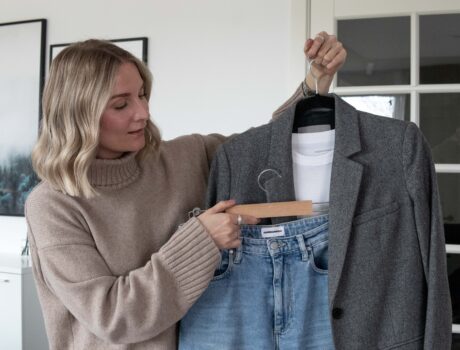
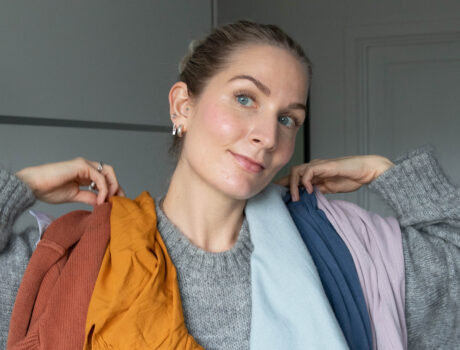
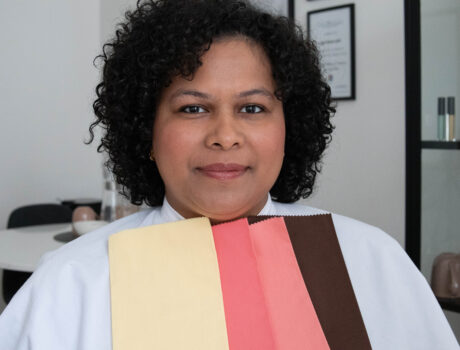
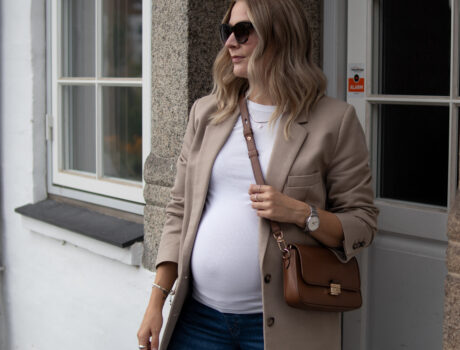
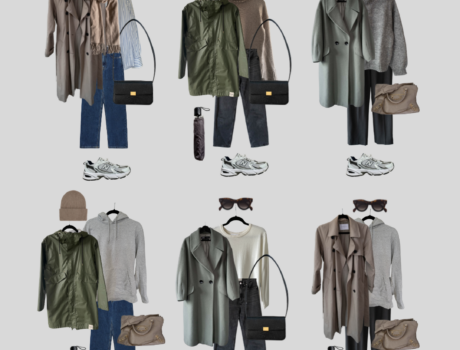
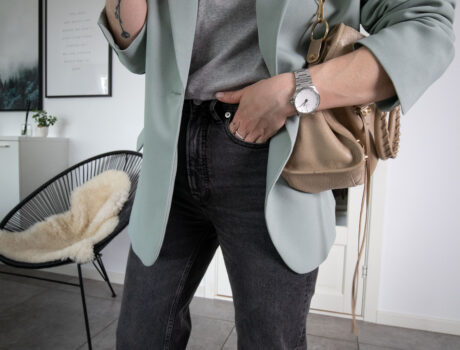
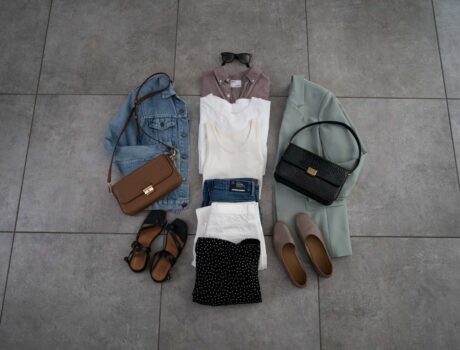
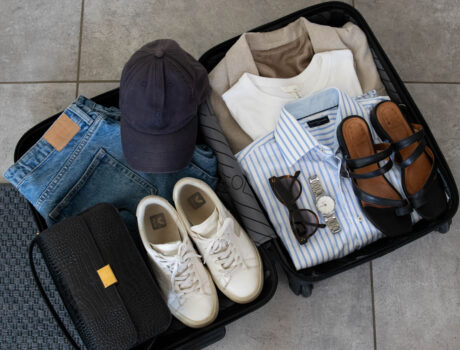
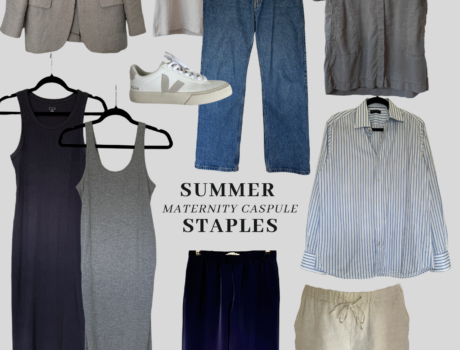
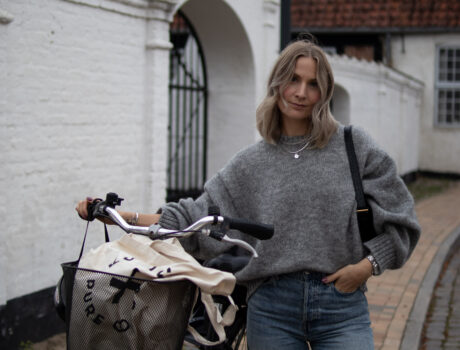
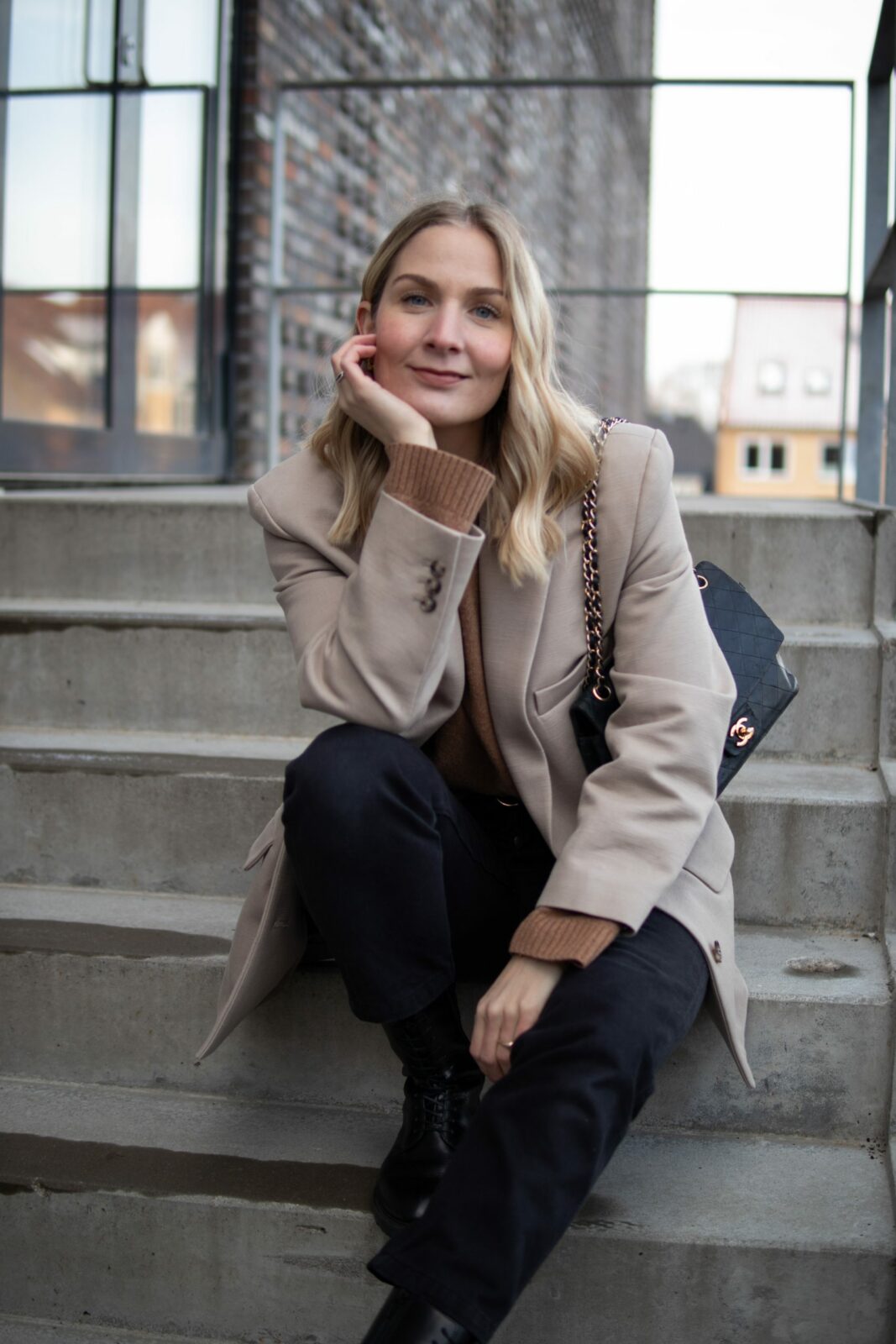

I was recently scammed out of $53,000 by a fraudulent Bitcoin investment scheme, which added significant stress to my already difficult health issues, as I was also facing cancer surgery expenses. Desperate to recover my funds, I spent hours researching and consulting other victims, which led me to discover the excellent reputation of Capital Crypto Recover, I came across a Google post It was only after spending many hours researching and asking other victims for advice that I discovered Capital Crypto Recovery’s stellar reputation. I decided to contact them because of their successful recovery record and encouraging client testimonials. I had no idea that this would be the pivotal moment in my fight against cryptocurrency theft. Thanks to their expert team, I was able to recover my lost cryptocurrency back. The process was intricate, but Capital Crypto Recovery’s commitment to utilizing the latest technology ensured a successful outcome. I highly recommend their services to anyone who has fallen victim to cryptocurrency fraud. For assistance, contact Recovercapital@cyberservices. com Capital Crypto Recover on Telegram OR Call Number +1 (336)390-6684 via email: Capitalcryptorecover AT zohomail. com
I was a victim of stolen funds. While trying to recover my money back i also got scammed by a telegram hacker, i thought i had lost it all, a friend of mine told me about DAREK RECOVERY and i decided to give them a trial, to my greatest surprise, i contacted the recovery firm and i gave them my case details, they helped me recovered my funds within 48 hours. I contacted them on recoverydarek@gmail.com They are very real and reliable .
I am Diana Margaret by name from England, so excited to quickly Appreciate Dr Kachi. who helped me win a lot of money a few weeks ago in the lottery, I was addicted of playing the lottery game, I’ve never won a big amount in the EuroMillions lotteries, but other than losing my ticket, I always play when the jackpot is big. I believe that someday I might as well be the lucky winner. I was in the Aldi supermarket store buying a lottery ticket when I overheard Newsagents reveal saying what happens when someone win a National Lottery jackpot in their shop by a powerful doctor called Dr Kachi, i was not easily convince at first so i went online to do some research about Dr Kachi I saw different kind of manifest of testimony how he have help a lot of people to win big lottery game in all over the worldwide, that was what trigger me to contact Dr Kachi i decided to give him a try and told him i want to be the among of the winner he had helps, Dr Kachi assure me not to worry that I’m in rightful place to win my lottery game and ask me to buy lottery tickets after he have perform a powerful spell numbers and gave to me which i use to play the lottery draw, and won a massive £40,627,241 EuroMillions, After all my years of financially struggling to win the lottery, I finally win big jackpot, this message is to everyone out there who have been trying all day to win the lottery, believe me this is the only way you can win the lottery, contact Call/Text number: +1 (209) 893-8075 Email drkachispellcast @ gmail. com
My name is Aline Freitas, and I live in Framingham. I want to sincerely thank Lord Bubuza for his amazing help in revealing the lottery winning number that led me to win $4 million in the Massachusetts State Lottery’s “777” instant ticket game. After asking Lord Bubuza for help, he told me that he will need to cast a lottery spell so that he could reveal the lottery winning numbers to me so I provided the requirements to cast the spell and after casting the spell, he shared the winning number with me, and I won. I chose a one-time payment of $2.6 million before taxes. I’m truly grateful for Lord Bubuza’s guidance and the blessings he’s given me. His help in revealing the winning number was a miracle, and I will always be thankful. With this money, I plan to buy a new home. This win is proof of his power, and I’ll continue to thank him. If you need help with the lottery, I highly recommend contacting Lord Bubuza via email: Lordbubuzamiraclework AT hot mail DOT com
My name is Aline Freitas, and I live in Framingham. I want to sincerely thank Lord Bubuza for his amazing help in revealing the lottery winning number that led me to win $4 million in the Massachusetts State Lottery’s “777” instant ticket game. After asking Lord Bubuza for help, he told me that he will need to cast a lottery spell so that he could reveal the lottery winning numbers to me so I provided the requirements to cast the spell and after casting the spell, he shared the winning number with me, and I won. I chose a one-time payment of $2.6 million before taxes. I’m truly grateful for Lord Bubuza’s guidance and the blessings he’s given me. His help in revealing the winning number was a miracle, and I will always be thankful. With this money, I plan to buy a new home. This win is proof of his power, and I’ll continue to thank him. If you need help with the lottery, I highly recommend contacting Lord Bubuza via email: Lordbubuzamiraclework AT hot mail DOT com or WhatsApp: +1 (365) 808 5313
I was recently scammed out of $53,000 by a fraudulent Bitcoin investment scheme, which added significant stress to my already difficult health issues, as I was also facing cancer surgery expenses. Desperate to recover my funds, I spent hours researching and consulting other victims, which led me to discover the excellent reputation of Capital Crypto Recover, I came across a Google post It was only after spending many hours researching and asking other victims for advice that I discovered Capital Crypto Recovery’s stellar reputation. I decided to contact them because of their successful recovery record and encouraging client testimonials. I had no idea that this would be the pivotal moment in my fight against cryptocurrency theft. Thanks to their expert team, I was able to recover my lost cryptocurrency back. The process was intricate, but Capital Crypto Recovery’s commitment to utilizing the latest technology ensured a successful outcome. I highly recommend their services to anyone who has fallen victim to cryptocurrency fraud. For assistance, contact Recovercapital @ cyberservices. com Capital Crypto Recover on Telegram OR Call Number +1 (336)390-6684 via email: Capitalcryptorecover @ zohomail. com